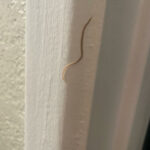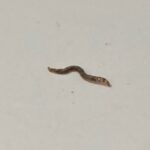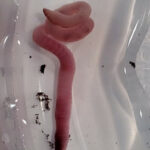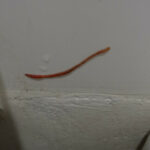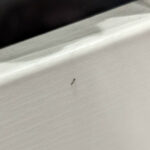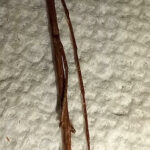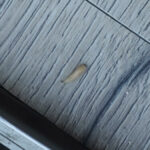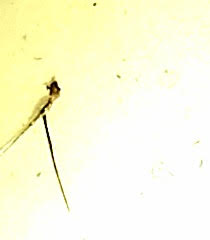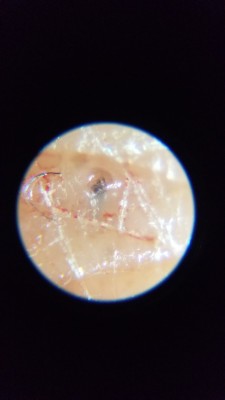Chances are, this will never happen to you, but if you are one of the unlucky few who have eaten a plate of rice and noticed a live worm (or worse, live worms) wiggling around on your plate or in your bowl, it is an experience you will never forget. First, if this has happened to you visit your doctor to be tested for worms. The doctor will let you know if you have them and he will prescribe antibiotics if needed. There are also over-the-counter remedies as well such as PARA 90 and home remedies such as Pomegranate Juice, which can also help get rid of worms in the system. These remedies may take longer than prescription strength medicines.
There are several types of worms that can be found in rice such as whipworms and of course, rice worms. Whipworms can be found in beans and other grains as well. There are other creatures that also grow in rice. These include: rice water weevils (Lissorhoptrus spp.), rice stalk borers (Chilo plejadellus Zincken), rice stem maggots (Eribolus longulus Loew), and the rice leafminer (Hydrellia spp.)
The rice worm (Apamea apamiformis Guenee) is the larval stage of the noctuid moth. The noctuid moth has a smooth body, and it is dull in color and medium in size. This nocturnal moth is considered to be one of the most damaging insects in the agricultural world. The larva is considered the most damaging insect pest to rice crops.
The rice worm’s life cycle is in sync with the growth and development of rice crops. As soon as flowering of rice crops begins, adult moths begin to emerge. This usually takes place around the end of June or the beginning of July. The main food supply for the adult moth is nectar from the milkweed flowers. This feeding takes place through August. During the course of four to six weeks, eggs are deposited in the rice flowers. The larvae hatch and develop through several stages all the while feeding on kernels and the glumes of the spikelet.
Growers are usually successful with treating these insects through the use of powerful pesticides. In rare cases, however, rice worms (eggs) or whipworms (eggs) may still be present in rice that may end up on your grocer’s shelves. Again, this is not extremely common, but possible.
Whipworm infection is caused by accidental ingestion of eggs that (as stated earlier) can be found in dry foods such as beans, rice, and other grains. Once the eggs are ingested, they hatch in the body’s small intestine and develop in the wall of the intestine. Adult whipworms burrow into the large intestine with the thicker end left out to mate with other worms.
There are two types of whipworm infestations: light infestations and heavy infestations. Light infestations are typically asymptomatic, but if you suspect that you may have an infestation of any kind contact your doctor immediately. Heavy infestations may cause bloody diarrhea and anemia. In severe cases, rectal prolapse is possible. If rectal prolapse occurs this means that the rectum loses its internal support and completely falls outside the body. This condition can be corrected through surgery.
Whipworm infestation in the human body can be treated with mebendazole (MBZ), usually with one or two doses. MBZ is also used to treat tapeworms, roundworms, and hookworms. Whipworm infestation may also be treated with the anti-parasitic agent albendazole.
All About Worms is always free, always reader-supported. Your tips via CashApp, Venmo, or Paypal are appreciated! Receipts will come from ISIPP Publishing.



